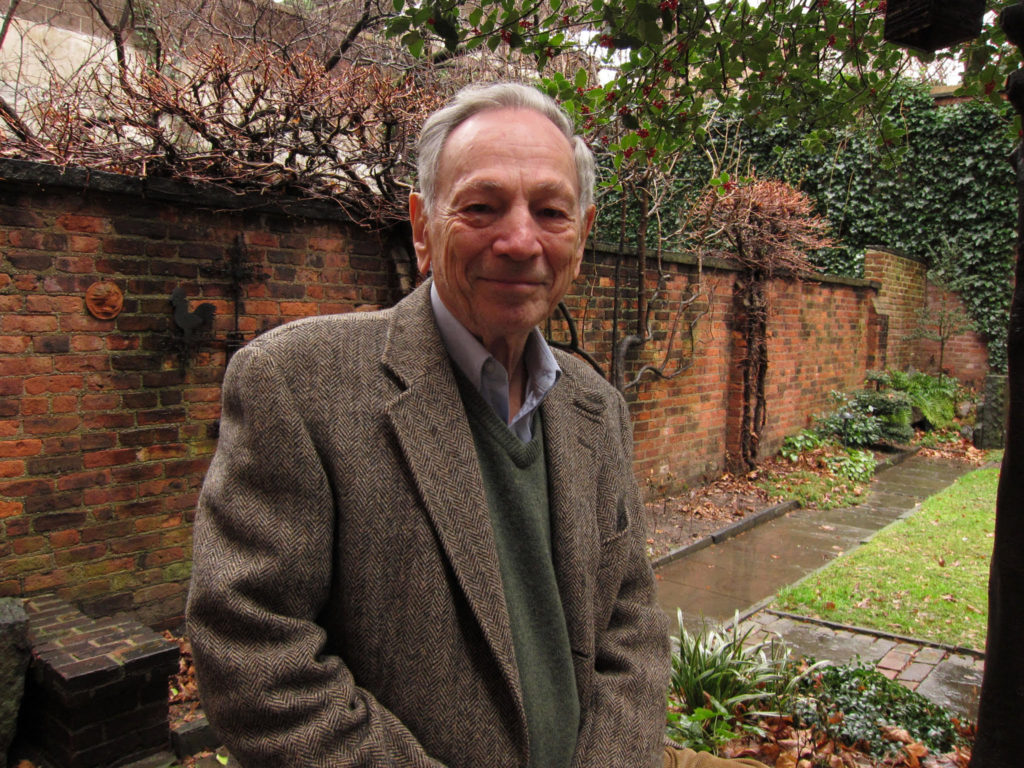Brooklyn loses Martin Schneider, 91, ardent activist for historic preservation of Brooklyn streetscapes

Photo courtesy of Bettina Schneider
From brooklyneagle.com
BY Elizabeth Kuster
Martin Schneider, an ardent Brooklyn historian, warrior for urban quality of life and preservationist, died June 30 following complications from heart surgery. He was 91. Schneider was an active leader in quality of life issues, particularly in his beloved Brooklyn Heights, since the 1950s.